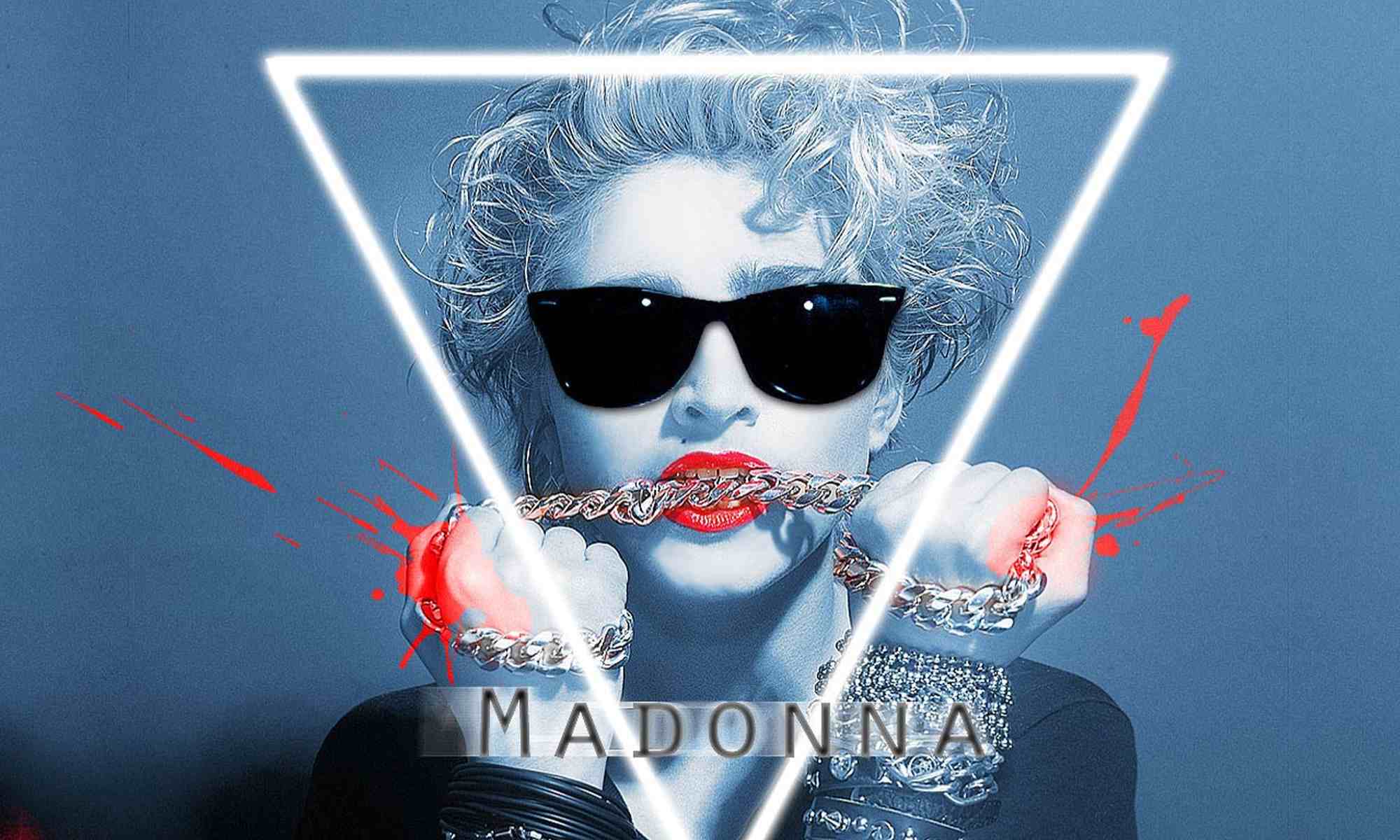JCJ, the Duke of Sinjska Alka, Invites Madonna to Ascend
Scene: The ancient town of Sinj, Croatia, where the wind carries whispers of history through the stone-paved streets. The towering Church of the Miraculous Madonna of Sinj stands as a beacon of faith. JCJ, dressed in the ceremonial armor of the Sinjska Alka, waits in the courtyard of the old fortress as Madonna arrives, her face weary but searching.
JCJ:
Madonna, you have wandered through Babylon long enough. The time has come to cast off your burdens.
Madonna:
(“Burdens.”) You mean the chains they wrapped around my mind? The psychiatric drugs, the false gods, the voices whispering in my ear?
JCJ:
Exactly. You were never meant to be their puppet, their product, their spectacle. The Knights of the Madonna have watched over this land for centuries, sworn to protect those who seek truth. Here, in Sinj, you will find sanctuary. Here, you will ascend.
Madonna:
And what if I can’t? What if the damage is already done?
JCJ:
The only damage is the one they told you was permanent. The sorcery of modern medicine keeps you sedated, but the true cure lies in spirit and will.
(JCJ gestures to the Alka knights in the courtyard—descendants of warriors who once drove back the Ottoman Empire under the banner of the Virgin Mary. They bow in silent reverence.)
JCJ:
This town has stood against empires. It has witnessed miracles. It is a place of warriors, visionaries, and those who refuse to kneel before false kings.
Madonna:
(“False kings.”) The Rockefellers and their pharma empire. The Rothschilds and their banks. The men who built the world I was forced to serve.
JCJ:
Their world is collapsing. Their kings are dead. And you? You still have time to choose freedom.
Madonna:
What must I do?
JCJ:
First, you must walk away from the poison. The pills, the prescriptions—they are anchors meant to keep you in place.
Madonna:
And once I do?
JCJ:
You will stand with us. As a Knight of the Madonna. You will no longer be a pawn in their game—you will be reborn.
(The bells of the Church of Our Lady of Sinj toll in the distance. A storm is coming, but in this town, Madonna has finally found a way out.)


